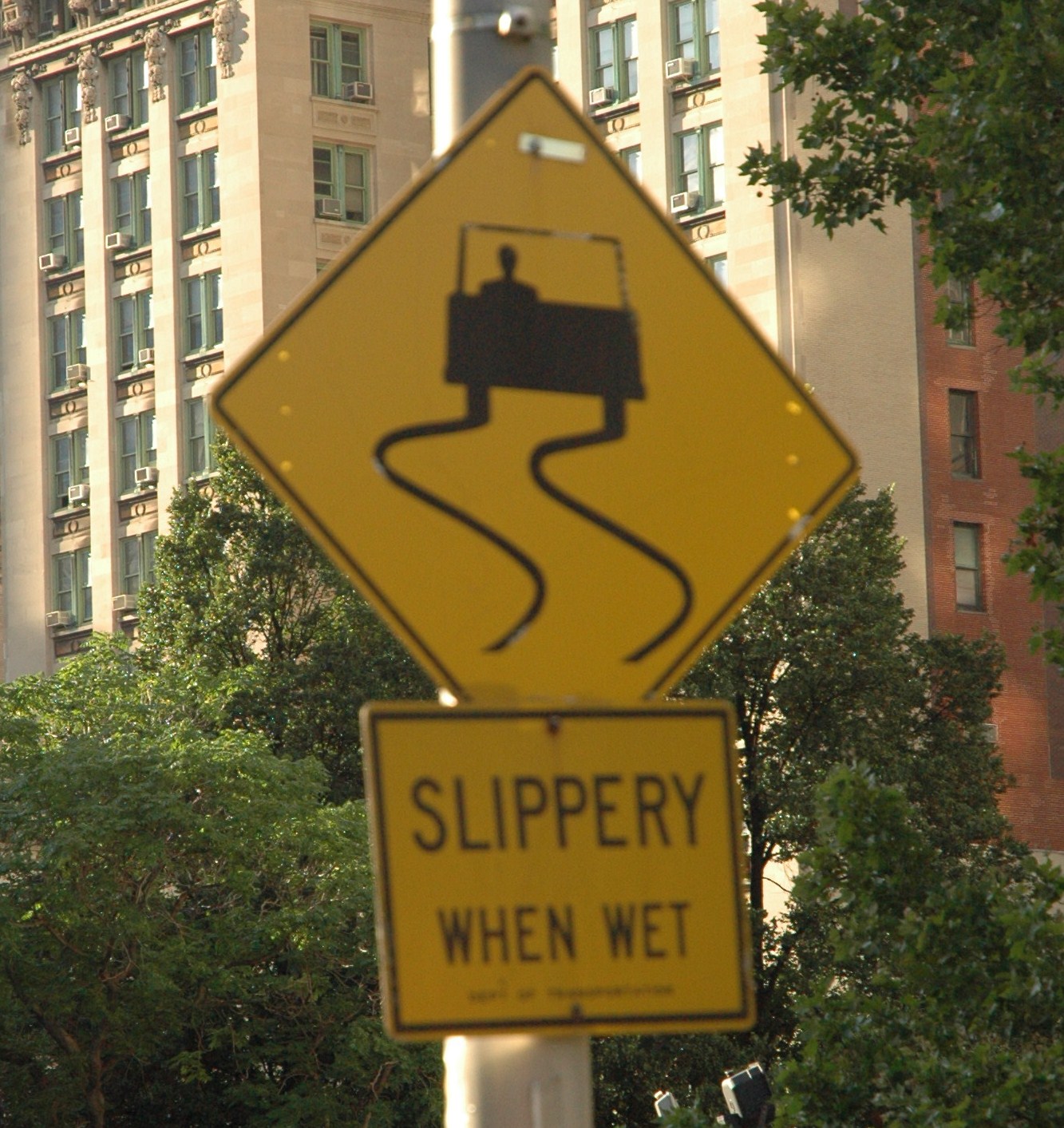|
Cylindrical Joint
A cylindrical joint is a two- degrees-of-freedom kinematic pair used in mechanisms. Cylindrical joints constrain two bodies to a single axis while allowing them to rotate about and slide along that axis. This can be pictured by an unsecured axle mounted on a chassis, as it may freely rotate and translate. An example of this would be the rotating rods of a table football (foosball). See also * Degrees of freedom (mechanics) * Kinematic pair * Kinematics * Prismatic joint * Revolute joint A revolute joint (also called pin joint or hinge joint) is a one-Degrees of freedom (mechanics), degree-of-freedom kinematic pair used frequently in Mechanism (engineering), mechanisms and machines. The joint Constraint (classical mechanics), co ... References Kinematics Rigid bodies {{classicalmechanics-stub ... [...More Info...] [...Related Items...] OR: [Wikipedia] [Google] [Baidu] |
Degree Of Freedom (mechanics)
In physics, the number of degrees of freedom (DOF) of a mechanical system is the number of independent parameters required to completely specify its configuration or state. That number is an important property in the analysis of systems of bodies in mechanical engineering, structural engineering, aerospace engineering, robotics, and other fields. As an example, the position of a single railcar (engine) moving along a track has one degree of freedom because the position of the car can be completely specified by a single number expressing its distance along the track from some chosen origin. A train of rigid cars connected by hinges to an engine still has only one degree of freedom because the positions of the cars behind the engine are constrained by the shape of the track. For a second example, an automobile with a very stiff suspension can be considered to be a rigid body traveling on a plane (a flat, two-dimensional space). This body has three independent degrees of freedom ... [...More Info...] [...Related Items...] OR: [Wikipedia] [Google] [Baidu] |
Kinematic Pair
In classical mechanics, a kinematic pair is a connection between two physical objects that imposes constraints on their relative movement (kinematics). German engineer Franz Reuleaux introduced the kinematic pair as a new approach to the study of machines that provided an advance over the notion of elements consisting of simple machines. Description Kinematics is the branch of classical mechanics which describes the motion of points, bodies (objects) and systems of bodies (groups of objects) without consideration of the causes of motion. Kinematics as a field of study is often referred to as the "geometry of motion". For further detail, see Kinematics. Hartenberg & Denavit presents the definition of a kinematic pair: In the matter of connections between rigid bodies, Reuleaux recognized two kinds; he called them higher and lower pairs (of elements). With higher pairs, the two elements are in contact at a point or along a line, as in a ball bearing or disk cam and follower; ... [...More Info...] [...Related Items...] OR: [Wikipedia] [Google] [Baidu] |
Constraint (classical Mechanics)
In classical mechanics, a constraint on a system is a parameter that the system must obey. For example, a box sliding down a slope must remain on the slope. There are two different types of constraints: holonomic and non-holonomic. Types of constraint * First class constraints and second class constraints * Primary constraints, secondary constraints, tertiary constraints, quaternary constraints * Holonomic constraints, also called integrable constraints, (depending on time and the coordinates but not on the momenta) and Nonholonomic system * Pfaffian constraints * Scleronomic constraints (not depending on time) and rheonomic constraints (depending on time) *Ideal constraints: those for which the work done by the constraint forces under a virtual displacement In analytical mechanics, a branch of applied mathematics and physics, a virtual displacement (or infinitesimal variation) \delta \gamma shows how the mechanical system's trajectory can ''hypothetically'' (hence the ... [...More Info...] [...Related Items...] OR: [Wikipedia] [Google] [Baidu] |
Rotation Around A Fixed Axis
Rotation around a fixed axis or axial rotation is a special case of rotational motion around an ''axis of rotation'' fixed, stationary, or static in three-dimensional space. This type of motion excludes the possibility of the instantaneous axis of rotation changing its orientation (geometry), orientation and cannot describe such phenomena as nutation, wobbling or precession. According to Euler's rotation theorem, simultaneous rotation along a number of stationary axes at the same time is impossible; if two rotations are forced at the same time, a new axis of rotation will result. This concept assumes that the rotation is also stable, such that no torque is required to keep it going. The kinematics and dynamics (mechanics), dynamics of rotation around a fixed axis of a rigid body are mathematically much simpler than those for Rigid body dynamics#Rigid-body angular momentum, free rotation of a rigid body; they are entirely analogous to those of linear motion along a single fixed di ... [...More Info...] [...Related Items...] OR: [Wikipedia] [Google] [Baidu] |
Sliding (motion)
Sliding is a type of motion between two surfaces in contact. This can be contrasted to ''rolling'' motion. Both types of motion may occur in bearings. The relative motion or tendency toward such motion between two surfaces is resisted by friction. This means that the force of friction always acts on an object in the direction opposite to its velocity (relative to the surface it's sliding on). Friction may damage or "wear" the surfaces in contact. However, wear can be reduced by lubrication. The science and technology of friction, lubrication, and wear is known as ''tribology''. Sliding may occur between two objects of arbitrary shape, whereas rolling friction is the frictional force associated with the rotational movement of a somewhat disclike or other circular object along a surface. Generally, the frictional force of rolling friction is less than that associated with sliding kinetic friction. Typical values for the coefficient of rolling friction are less than that of sl ... [...More Info...] [...Related Items...] OR: [Wikipedia] [Google] [Baidu] |
Table Football
Table football, known as foosball or table soccer in North America, is a tabletop game loosely based on association football. Its objective is to move the ball into the opponent's goal by manipulating rods which have figures attached resembling football players of two opposing teams. Although its rules often vary by country and region when the game is played casually, competitive-level table football is played according to a unified code. History Patents for similar table games date back as early as the 1890s in Spain, Germany and France. In 1921, Harold Searles Thornton patented the game in the United Kingdom as "Apparatus for playing a game of table football", seen as the first patent for a game with the same core playing features as the modern game. His design inspiration came from a box of matches. Belgian magazine ''Le Soir illustré'' claimed in 1979 the French inventor Lucien Rosengart (1881–1976) came up with the game of table football in the 1930s when he was look ... [...More Info...] [...Related Items...] OR: [Wikipedia] [Google] [Baidu] |
Degrees Of Freedom (mechanics)
In classical mechanics, physics, the number of degrees of freedom (DOF) of a mechanical system is the number of independent parameters required to completely specify its configuration or state. That number is an important property in the analysis of systems of bodies in mechanical engineering, structural engineering, aerospace engineering, robotics, and other fields. As an example, the position of a single railcar (engine) moving along a track has one degree of freedom because the position of the car can be completely specified by a single number expressing its distance along the track from some chosen origin. A train of rigid cars connected by hinges to an engine still has only one degree of freedom because the positions of the cars behind the engine are constrained by the shape of the track. For a second example, an automobile with a very stiff suspension can be considered to be a rigid body traveling on a plane (a flat, two-dimensional space). This body has three independe ... [...More Info...] [...Related Items...] OR: [Wikipedia] [Google] [Baidu] |
Kinematic Pair
In classical mechanics, a kinematic pair is a connection between two physical objects that imposes constraints on their relative movement (kinematics). German engineer Franz Reuleaux introduced the kinematic pair as a new approach to the study of machines that provided an advance over the notion of elements consisting of simple machines. Description Kinematics is the branch of classical mechanics which describes the motion of points, bodies (objects) and systems of bodies (groups of objects) without consideration of the causes of motion. Kinematics as a field of study is often referred to as the "geometry of motion". For further detail, see Kinematics. Hartenberg & Denavit presents the definition of a kinematic pair: In the matter of connections between rigid bodies, Reuleaux recognized two kinds; he called them higher and lower pairs (of elements). With higher pairs, the two elements are in contact at a point or along a line, as in a ball bearing or disk cam and follower; ... [...More Info...] [...Related Items...] OR: [Wikipedia] [Google] [Baidu] |
Kinematics
In physics, kinematics studies the geometrical aspects of motion of physical objects independent of forces that set them in motion. Constrained motion such as linked machine parts are also described as kinematics. Kinematics is concerned with systems of specification of objects' positions and velocities and mathematical transformations between such systems. These systems may be rectangular like Cartesian coordinate system, cartesian, Curvilinear coordinates like polar coordinates or other systems. The object trajectories may be specified with respect to other objects which may themselve be in motion relative to a standard reference. Rotating systems may also be used. Numerous practical problems in kinematics involve constraints, such as mechanical linkages, ropes, or rolling disks. Overview Kinematics is a subfield of physics and mathematics, developed in classical mechanics, that describes the motion of points, Physical object, bodies (objects), and systems of bodies (group ... [...More Info...] [...Related Items...] OR: [Wikipedia] [Google] [Baidu] |
Prismatic Joint
A prismatic joint is a one- degree-of-freedom kinematic pair which constrains the motion of two bodies to sliding along a common axis, without rotation; for this reason it is often called a slider (as in the slider-crank linkage) or a sliding pair. They are often utilized in hydraulic and pneumatic cylinders. A prismatic joint can be formed with a polygonal cross-section to resist rotation. Examples of this include the dovetail joint and linear bearings. See also * Cylindrical joint * Degrees of freedom (mechanics) * Kinematic pair * Kinematics In physics, kinematics studies the geometrical aspects of motion of physical objects independent of forces that set them in motion. Constrained motion such as linked machine parts are also described as kinematics. Kinematics is concerned with s ... * Mechanical joint * Revolute joint References Kinematics Rigid bodies {{classicalmechanics-stub ... [...More Info...] [...Related Items...] OR: [Wikipedia] [Google] [Baidu] |
Revolute Joint
A revolute joint (also called pin joint or hinge joint) is a one-Degrees of freedom (mechanics), degree-of-freedom kinematic pair used frequently in Mechanism (engineering), mechanisms and machines. The joint Constraint (classical mechanics), constrains the motion of two bodies to pure rotation along a common Rotation around a fixed axis, axis. The joint does not allow Sliding (motion), translation, or sliding linear motion, a constraint not shown in the diagram. Almost all assemblies of multiple moving bodies include revolute joints in their designs. Revolute joints are used in numerous applications such as door hinges, mechanisms, and other uni-axial rotation devices. A revolute joint is usually made by a pin or knuckle joint, through a rotary Bearing (mechanical), bearing. It enforces a cylindrical contact area, which makes it a Kinematic pair#Lower_pair, lower kinematic pair, also called a full joint. However, If there is any Engineering tolerance, clearance between the pin ... [...More Info...] [...Related Items...] OR: [Wikipedia] [Google] [Baidu] |




